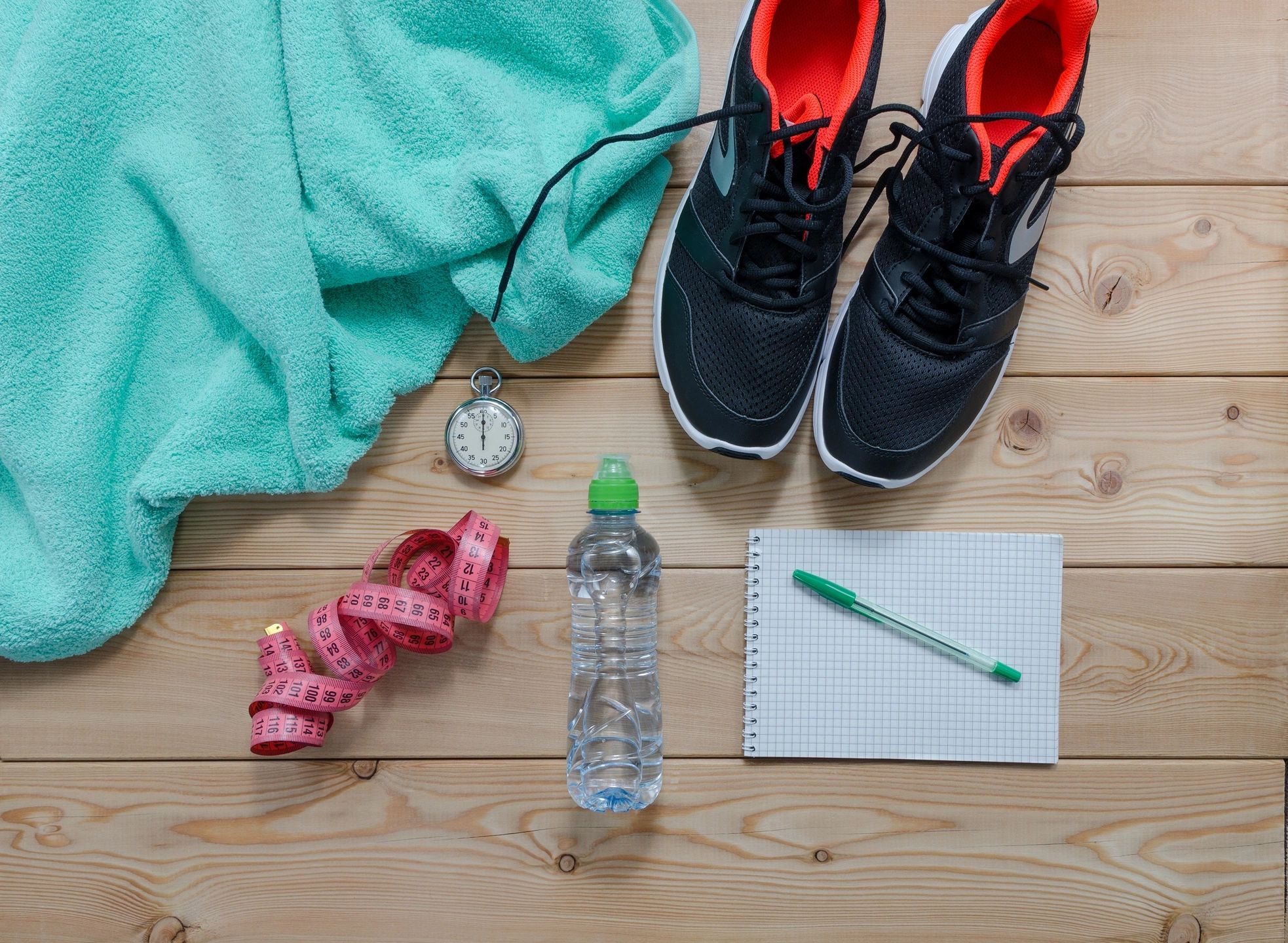In the relentless pursuit of peak performance, the focus often shifts toward rigorous training and relentless effort. However, the true secret to enhancing physical capabilities lies not just in exertion, but in the art of recovery. Proper rest and rejuvenation are crucial components of any successful fitness regimen. They not only prevent injuries but also enhance performance and overall well-being.
Understanding Recovery: The Basics
Physical recovery is a multifaceted process that goes beyond merely resting. It encompasses various stages, each vital for restoring the body to its optimal state. The recovery process can be segmented into acute, intermediate, and long-term phases. Acute recovery involves immediate responses to exercise stress, such as muscle repair and the replenishment of energy stores. Intermediate recovery spans a few days to weeks, focusing on further muscle healing and adaptation. Long-term recovery takes months and involves the body’s complete return to baseline, including physiological and psychological adjustments.
The Role of Sleep in Recovery
Sleep plays a pivotal role in muscle repair and overall recovery. During deep sleep stages, the body releases growth hormone, which is essential for muscle growth and repair. Quality sleep facilitates the synthesis of proteins, essential for muscle repair, and helps in the reduction of stress hormones that can hinder recovery. To optimize sleep for recovery, aim for 7-9 hours of uninterrupted sleep each night. Create a restful environment by maintaining a consistent sleep schedule, avoiding screens before bedtime, and using relaxation techniques.
Nutrition’s Impact on Recovery
Proper nutrition is indispensable for effective recovery. Essential nutrients, such as proteins, carbohydrates, and healthy fats, play critical roles in muscle repair and energy replenishment. Proteins provide amino acids that repair and build muscle tissue, while carbohydrates replenish glycogen stores depleted during exercise. Hydration is equally crucial; water supports nutrient transport and regulates body temperature. Incorporate a balanced diet rich in these nutrients and maintain adequate hydration to optimize the recovery process.
Active vs. Passive Recovery
Understanding the differences between active and passive recovery can enhance your overall recovery strategy. Active recovery involves low-intensity exercises that promote blood flow and reduce muscle stiffness. Examples include light jogging, yoga, or swimming. Conversely, passive recovery involves complete rest or minimal activity, allowing the body to recuperate without additional strain. Both types of recovery are essential; active recovery can aid in quicker recovery and reduce soreness, while passive recovery is crucial for full muscle repair and rejuvenation.
Recovery Techniques and Tools
A variety of techniques and tools can further support recovery. Foam rolling, stretching, and massage help alleviate muscle tension and improve flexibility. Foam rolling aids in myofascial release, while stretching enhances the range of motion. Massage therapy promotes circulation and reduces muscle soreness. Innovative tools, such as cryotherapy, infrared saunas, and compression therapy, offer advanced recovery options. Cryotherapy uses cold temperatures to reduce inflammation, infrared saunas help in detoxification and muscle relaxation, and compression therapy improves blood flow and reduces muscle fatigue.
The Psychological Aspect of Recovery
Recovery is not solely a physical process; it also involves psychological relaxation and stress management. Mental stress can impede physical recovery by increasing cortisol levels and hindering muscle repair. Techniques such as meditation, deep breathing, and mindfulness can enhance psychological recovery by promoting relaxation and reducing stress. Incorporating these practices into your routine can improve overall well-being and support a more holistic approach to recovery.
Summary
Incorporating a comprehensive recovery strategy into your fitness regimen is essential for achieving peak performance and overall health. By understanding the nuances of physical recovery, optimizing sleep and nutrition, and utilizing effective recovery techniques and tools, you can enhance your body’s ability to rest and rejuvenate. Embrace these practices to ensure that each workout contributes to your long-term success, allowing you to perform at your best and maintain a balanced, healthy lifestyle.
Please like, comment, and share this article if you found it helpful and
informative.
Visit https://bigtownbulletin.com if you would like to see more of this content.
Please like, comment, and share this article if you found it helpful and
informative.
For more news check out Big Town Bulletin News
For more from Big Town Bulletin check out Big Town Bulletin


